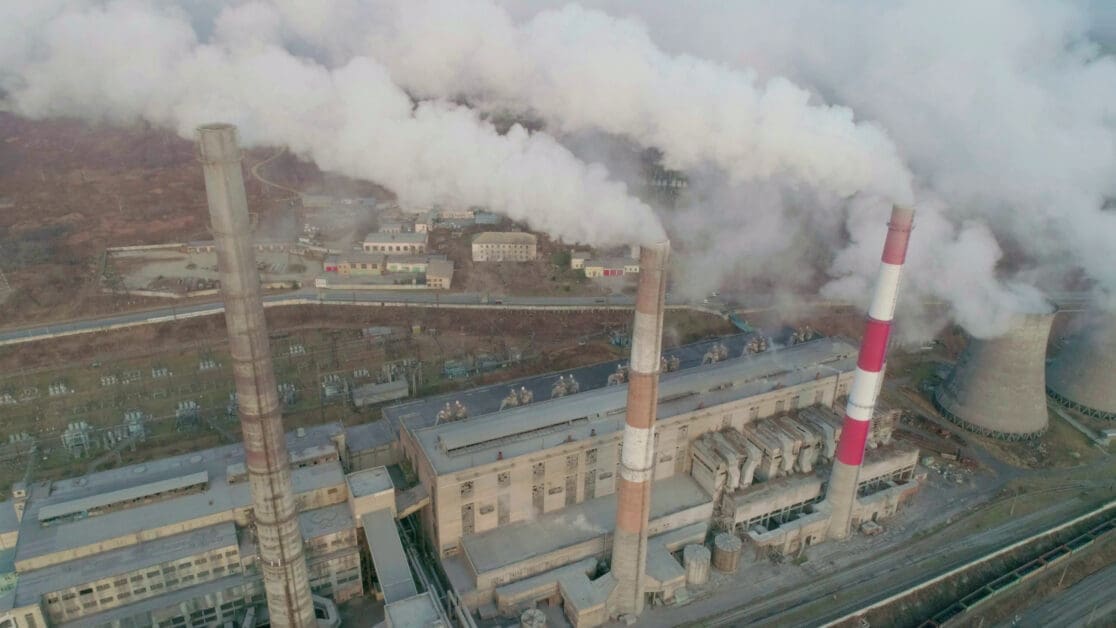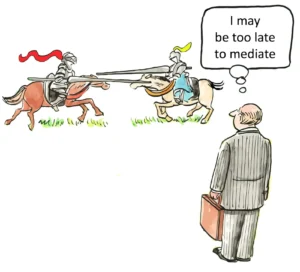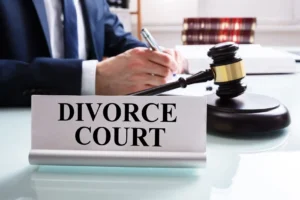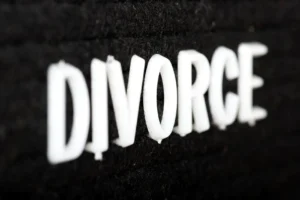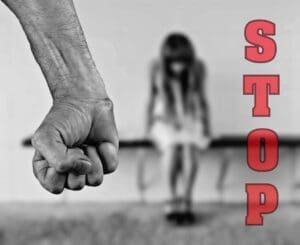Toxin Exposure and Health Risks: Building a Case Against Causal Agents
Environmental toxins are on the rise in the modern world, due to increasing pollution levels and ongoing infrastructural development. The WHO reports that 25% of the global disease burden is linked to preventable environmental threats. Prominent among them are air pollution, exposure to chemicals, and risks associated with proximity to healthcare facilities.
The situation is infinitely worse when some communities face silent yet continuous exposure to toxins without adequate warnings or the necessary steps required for its mitigation.
In recent times, legal activity focused on toxin-generating entities (like factories and other industrial facilities) has increased. More people are now aware that legal counsel is an accessible route to taking control over the situation and holding the corresponding party responsible.
Building a concrete case in these situations requires preparation and a willingness to create a safer world for other people in vulnerable areas.
Establishing Connection With Health Situation
Many environmental toxins are linked to respiratory issues, such as asthma and persistent cough. Some have also been linked to skin-related issues, like inflammation and eczema. In severe cases, toxins have been known to trigger or worsen an individual’s risk of potentially terminal conditions like cancer.
For instance, the Sterigenics Atlanta facility has recently made headlines for allegedly failing to monitor its emissions of ethylene oxide. The establishment, which conducts sterilization of medical equipment, has angered several neighboring communities. Uncontrolled emissions have been connected to a much higher risk of cancer and immunosuppression.
According to TorHoerman Law, a strong case in this scenario will need scientific and medical evidence that confirms the connection between the said emissions and their noted health risks. Additionally, proving a connection may also require regulatory data depicting elevated emissions in the area.
Working With Personal Data and Medical Records
In some scenarios, a health manifestation may stem from an underlying chronic condition that an individual has not been diagnosed with. It can be confusing to understand whether the condition was directly caused by the emissions or simply became more apparent in their context.
For example, chronic kidney disease affects several people in the US. Yet, The Conversation notes that only half the affected people get a formal diagnosis. Some reports suggest that only around 10% of people with this illness are aware of it until their symptoms worsen.
This situation is partly due to the condition of healthcare in the US and pressure from insurance companies. The dynamic may warrant focusing on more visible illnesses first, causing a hidden chronic condition to be brushed deeper under the carpet. It may stay there until the patient suffers from a stroke. It turns out chronic kidney disease is a well-recognized risk for poor cardiovascular health.
Understandably, connecting an illness to one causal agent is complex in these cases. Exposure to aerosols and particulate matter has been identified as a risk for ischemic heart disease and dysrhythmia. Establishing one clear line of incrimination can be challenging when multiple factors demand consideration.
Legal counsel will use medical records and other personal data to support clients. It will be vital to establish a trusting relationship, wherein confidential data does not get disclosed without reason or to untrustworthy parties.
Recognizing Multiple Responsible Parties
Another consideration in toxin-related legal cases is the presence of multiple parties who may be responsible for an adverse health impact. Inadvertent or unregulated exposure rarely emerges from a single point of failure. Instead, lawyers may need to consider:
- The property owners
- Teams responsible for controlling and reporting emissions
- Regulatory bodies that are responsible for checking that emissions fall under permissible limits
- Waste disposal facilities
- Community outreach and communication personnel for the facility
Additionally, one must examine local air pollution sources for their role in exacerbating health vulnerabilities. The WHO explains that ambient pollution comes from multiple sources, like transportation and industries, wood burning, and improper waste management.
For developing a multifaceted case, it can be helpful to connect with a team of subject matter experts. For instance, a toxicology expert is an obvious choice to ascertain the connection between the emission and its health impact. A client’s expert panel can also include environmental scientists and the specific medical experts for the condition.
Legal firms that invest in building and maintaining a diverse team of domain experts can offer this service to clients. As a result, they can build more comprehensive cases.
Unfortunately, the reality of climate change continues to worsen everything, from the availability of natural resources to physical and mental wellness. It seems unlikely that legal cases related to toxins and their health ramifications will dwindle soon. Attorneys can support their clients in navigating these challenges by helping them build strong cases that earn accountability, damage control, and prevention.
Well-developed, complete cases have a greater chance of garnering adequate compensation. More importantly, they set a precedent for future action that responsible parties can expect for failure to monitor and control their emissions.
